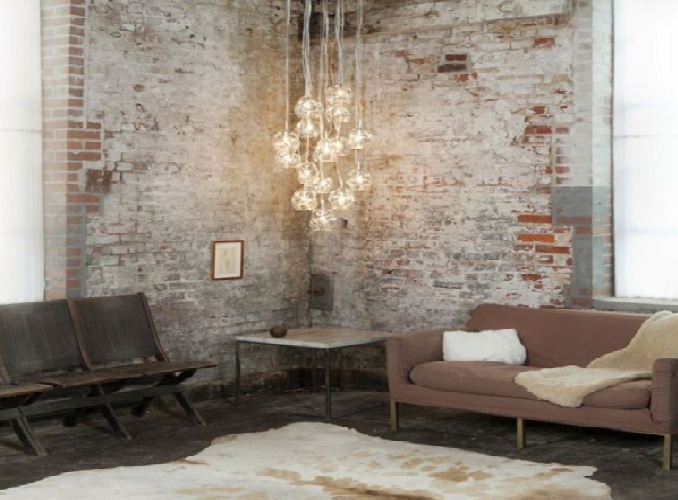Industrial style was born within the commercial market when old, bare warehouses and similar structures became new shops, offices, restaurants, even apartments. Rather than demolish the remaining essence of the warehouse, designers began to embrace the rawness and conscientiously construct a style around it. Industrial style is known for its utter lack of pretense, for its salvaged utilitarianism, and for its exposed architecture.
The architecture of industrial style emphasizes a stripped-down infrastructure – the more exposed and raw, the better. Unfinished walls, aged brick, metal ductwork, bare windows, and exposed beams pay stylistic homage to the skeleton that supports the structure overall. Often, industrial-type floors (think concrete, wood, or other pragmatic, non-flashy surfaces) are kept bare.




